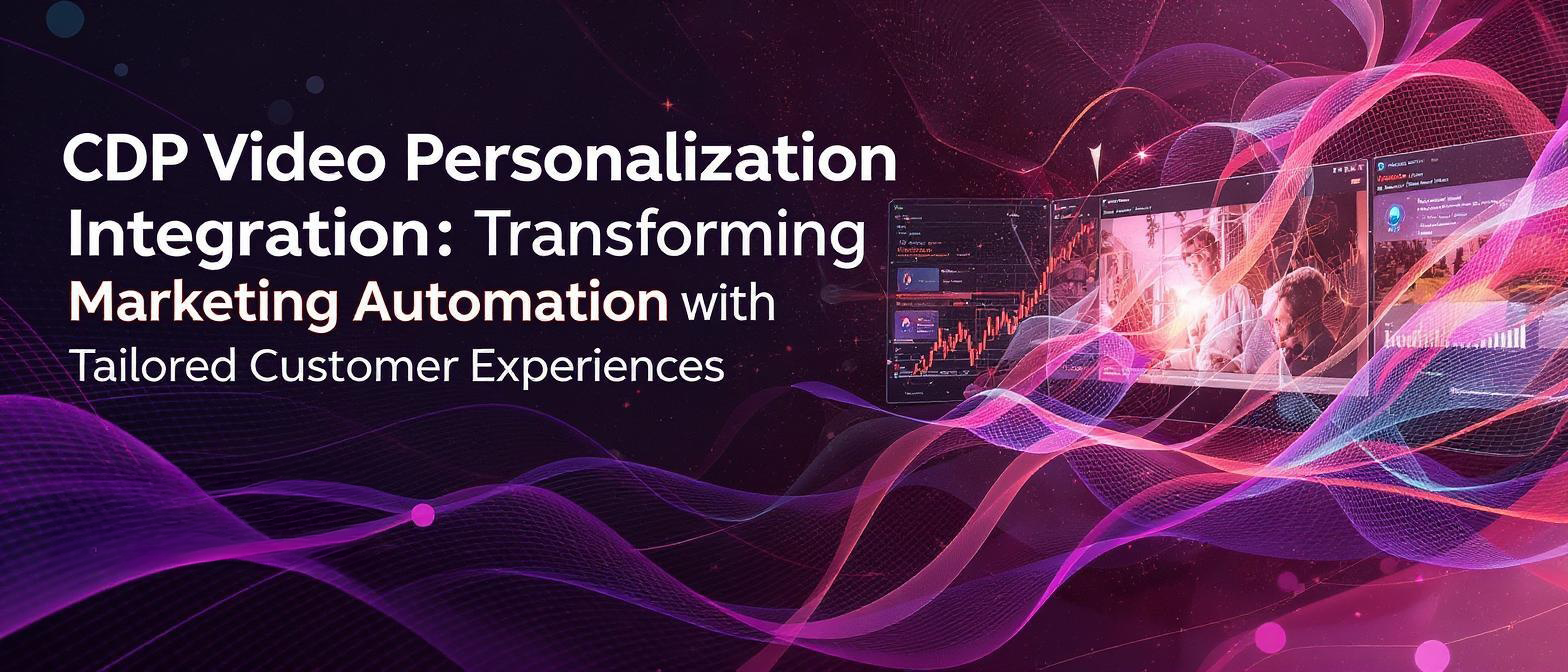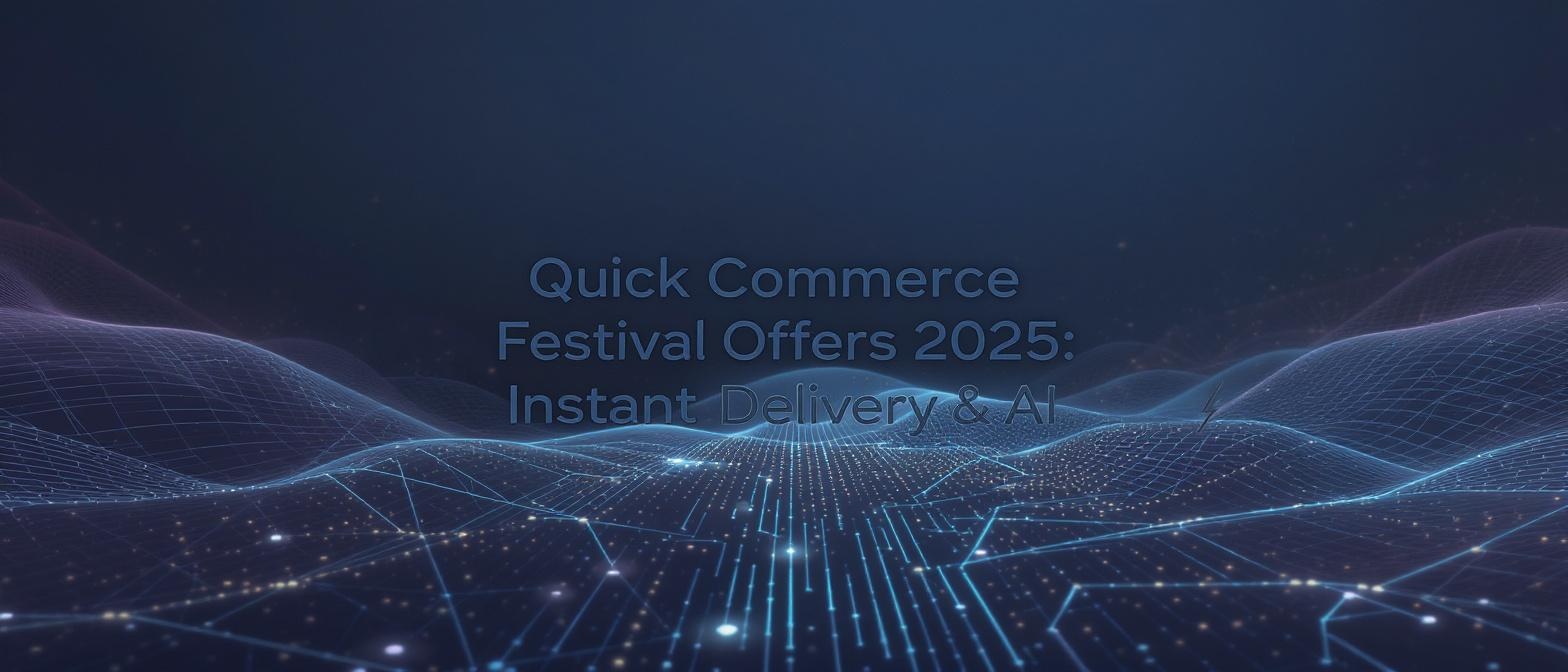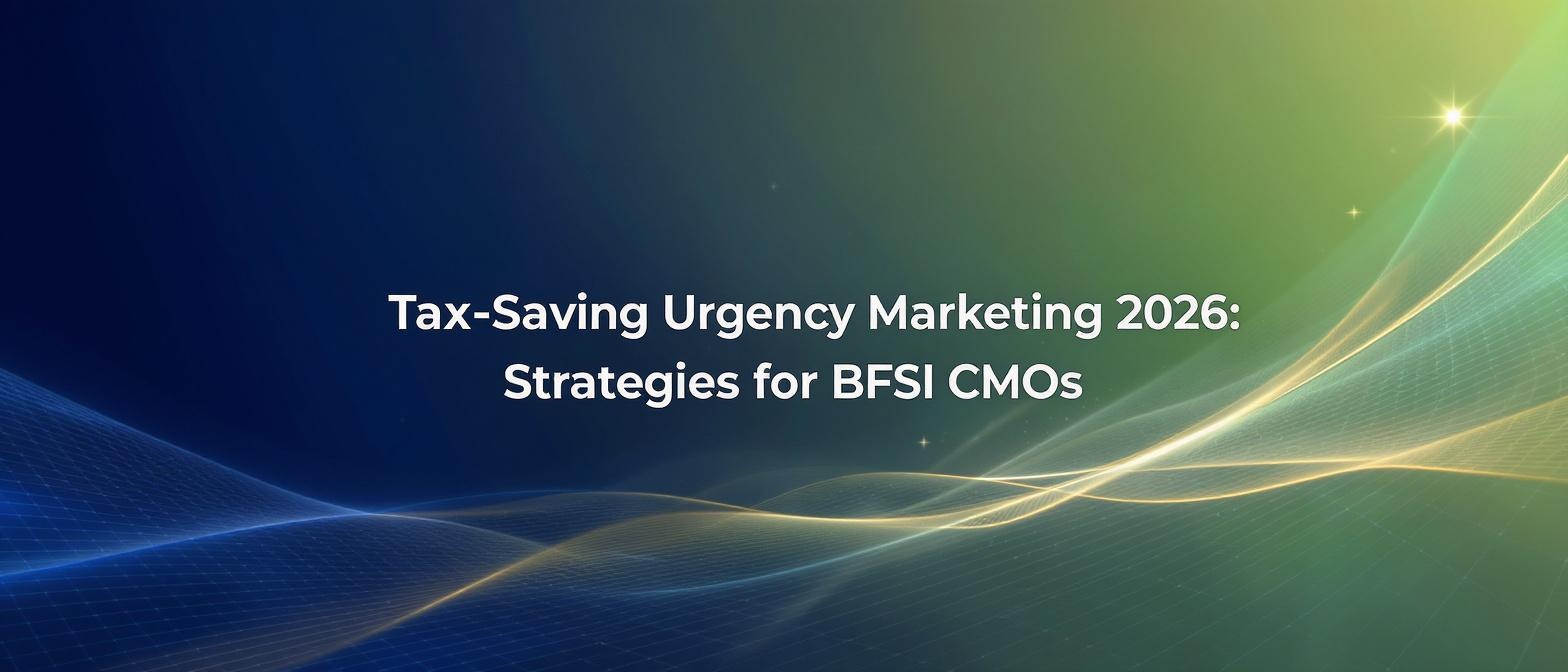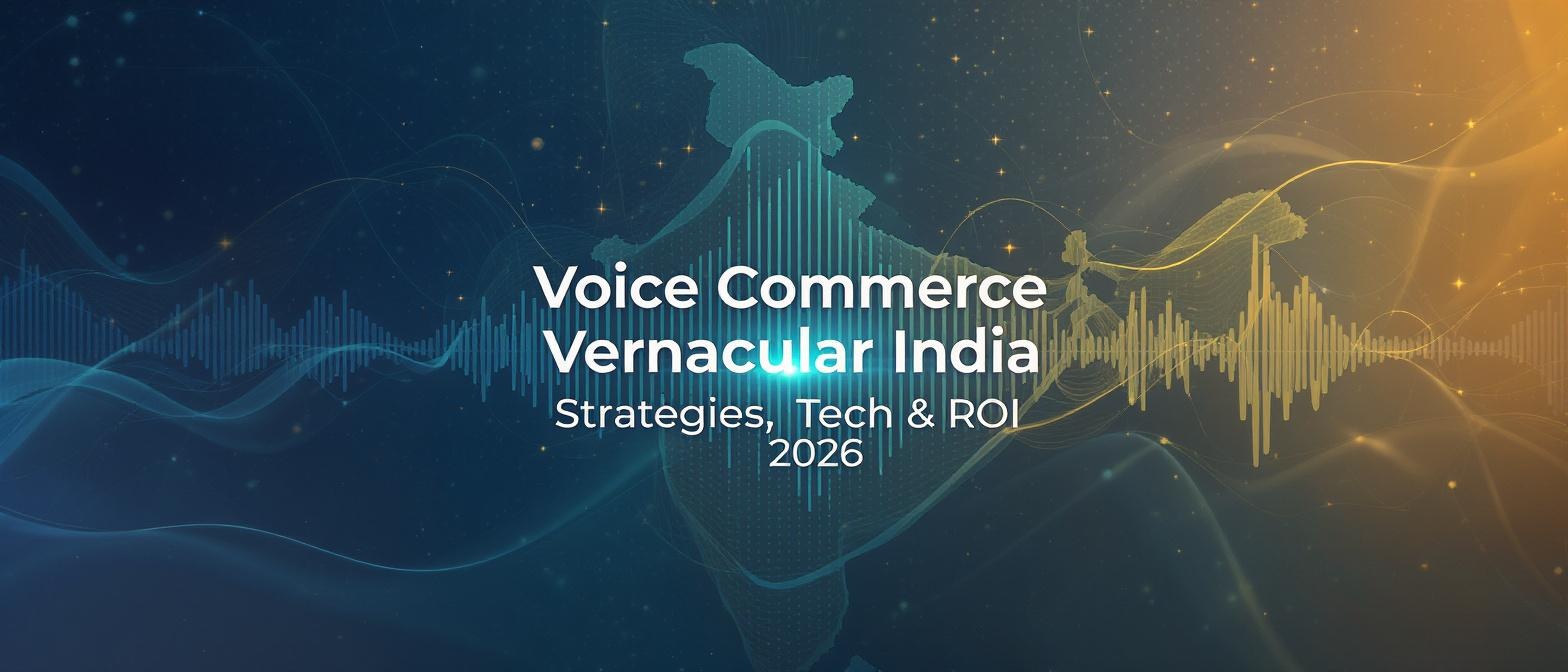CDP Video Personalization Integration: Revolutionizing Marketing Automation with Unified Customer Data
Estimated reading time: 10 minutes
Key Takeaways
- CDP video personalization integration connects Customer Data Platforms with video creation engines to deliver personalized video content at scale.
- Personalized video content improves engagement rates, conversion rates, and customer lifetime value.
- Integration with CRMs like Salesforce and HubSpot enables automated, one-to-one video experiences.
- Technical considerations include API integration, data synchronization, and security protocols.
- CDP video personalization transforms marketing automation by delivering dynamic, customer-specific video content.
Table of contents
- CDP Video Personalization Integration: Revolutionizing Marketing Automation with Unified Customer Data
- Why CDP Video Integration is Critical for Modern Marketing
- Understanding Video Personalization in CDPs
- Key Integrations: Salesforce Video Personalization & HubSpot Personalized Videos
- Integrating Video into CRM & Marketing Automation
- Technical Considerations & Challenges
- Frequently Asked Questions
CDP video personalization integration represents the seamless connection between Customer Data Platforms (CDPs) and advanced video creation engines. This integration leverages unified customer profiles to deliver dynamically tailored video content at scale.
A Customer Data Platform serves as a unified system that collects, organizes, and activates customer data from multiple touchpoints to create comprehensive individual customer profiles. CDPs aggregate behavioral data, transaction history, preferences, and demographic information into a single source of truth for marketing teams.
CDP video personalization integration transforms this unified data into highly targeted video experiences. Instead of generic one-size-fits-all content, brands can now deliver videos that speak directly to each customer's journey stage, preferences, and context.
Why CDP Video Integration is Critical for Modern Marketing
Marketing automation video personalization has become essential for competitive advantage. Companies implementing customer data video targeting report significantly higher engagement rates compared to traditional broadcast approaches.
- Faster go-to-market execution: Automated video generation reduces campaign launch times from weeks to hours
- True one-to-one engagement: Each customer receives contextually relevant messaging based on their unified profile
- Measurable ROI improvement: Personalized videos drive higher click-through rates, conversion rates, and customer lifetime value
TrueFan's enterprise platform exemplifies next-generation CDP video personalization integration capabilities (Enterprise Video Personalization Strategy). The system delivers personalized video content with 30-second render times across 175+ languages, while maintaining ISO 27001 and SOC2 compliance standards. Real-time API integration (Video Personalization API Integration) allows seamless connection with existing marketing automation workflows.
Understanding Video Personalization in CDPs
CDP video personalization integration leverages behavioral, transactional, and demographic data stored within Customer Data Platforms to create dynamically customized video content. This integration enables marketing teams to insert personalized elements like customer names, product recommendations, purchase history, and location-specific offers directly into video messaging.
The customer data platform video sync process works by mapping CDP data fields to video template variables. When a marketing automation trigger activates, the system pulls relevant customer information and generates a unique video variant for each recipient.
Types of CDP-Driven Video Personalization
Behavior-synced videos adapt content based on customer actions and preferences. For example, an e-commerce platform can generate product demonstration videos highlighting items a customer recently viewed or added to their wishlist. The video maintains consistent branding while featuring products specifically relevant to each viewer.
Journey-triggered videos activate at specific customer lifecycle stages. Welcome series videos greet new subscribers with personalized onboarding content. Cart abandonment videos remind customers about forgotten items while addressing them by name. Renewal reminder videos reference specific subscription details and usage patterns.
Multi-variant offer testing enables sophisticated A/B testing through virtual reshoots. Marketing teams can test different discount percentages, product bundles, or call-to-action messaging without additional video production costs. Each variant maintains the same visual quality and spokesperson delivery.
Business Impact of CDP Video Personalization
Customer data video targeting delivers measurable improvements across key marketing metrics. Viewers show 35% higher engagement rates with personalized video content compared to generic alternatives. The contextual relevance creates stronger emotional connections between brands and customers.
CDP-driven personalization also reduces customer acquisition costs. Targeted video messaging converts prospects more efficiently than broad-spectrum campaigns. The unified customer view enables precise audience segmentation and relevant content delivery.
Marketing automation efficiency improves dramatically with integrated video personalization (Enterprise Video Personalization Roadmap). Teams can launch complex, multi-variant campaigns without extensive manual oversight. The automated personalization scales to millions of recipients while maintaining individual relevance.
Key Integrations: Salesforce Video Personalization & HubSpot Personalized Videos
Salesforce Video Personalization
Salesforce video personalization transforms CRM data into compelling video experiences through Marketing Cloud CDP integration. The platform enables sophisticated audience segmentation that triggers personalized video delivery via email campaigns, mobile push notifications, and SMS messaging.
Sales teams leverage CRM video integration (Video Personalization API Integration) to send dynamic explainer videos referencing specific opportunity stages and account details. For instance, a B2B software company can automatically generate product demo videos that mention the prospect's company name, industry challenges, and proposed solutions based on Salesforce opportunity records.
The integration workflow connects Salesforce contact records with video generation APIs. When opportunity stages change or specific behavioral triggers activate, the system automatically generates and delivers relevant video content. This automation ensures timely, contextual communication without manual intervention from sales representatives.
Customer data platform video sync within Salesforce enables progressive video personalization. Initial touchpoints might feature basic name personalization, while later interactions incorporate purchase history, support ticket details, and predictive analytics insights.
HubSpot Personalized Videos
HubSpot personalized videos integrate seamlessly with marketing automation workflows and conversational marketing tools. The platform embeds dynamic video content within automated email sequences, chatbot interactions, and landing page experiences.
E-commerce brands utilize HubSpot's workflow engine to deploy sophisticated cart abandonment campaigns. When customers leave items in their shopping cart, automated marketing automation video personalization triggers generate videos featuring the specific products, customer name, and personalized discount offers.
The CRM video integration extends beyond basic email campaigns. HubSpot's conversational marketing tools can serve personalized video responses during live chat interactions. Sales representatives access dynamically generated video proposals that reference prospect-specific pain points and solutions.
Multi-channel distribution capabilities enable consistent personalized messaging across touchpoints. The same customer receives coordinated video experiences whether they engage through email, social media, or direct website interactions.
Integrating Video into CRM & Marketing Automation
CRM video integration requires sophisticated API architectures that connect customer data repositories with real-time video generation systems. Modern integrations utilize REST API endpoints that accept customer metadata and return personalized video URLs within seconds.
Real-Time API Integration Patterns
Enterprise-grade marketing automation video personalization systems support real-time API calls from Salesforce, HubSpot, and custom CRM platforms. The integration pattern involves POST requests to video generation endpoints with structured customer data payloads.
TrueFan's enterprise API exemplifies advanced integration capabilities. The /newvideorequest endpoint accepts detailed customer metadata including names, images, product arrays, and localization parameters. Video generation completes within 30 seconds, enabling real-time customer experiences.
- Cart abandonment triggers: E-commerce systems detect abandoned carts and immediately generate personalized recovery videos
- Loyalty milestone celebrations: CRM systems track customer lifetime value and automatically create achievement recognition videos
- Subscription renewal reminders: Automated systems generate personalized renewal videos featuring usage statistics and upgrade recommendations
Marketing Automation Video Workflows
Customer data platform video sync enables sophisticated workflow automation across multiple marketing channels. Triggered campaigns can generate thousands of unique video variants based on customer segments, behavioral patterns, and contextual data.
The technical implementation involves webhook callbacks that notify marketing systems when video generation completes. This asynchronous processing ensures campaign workflows continue efficiently without blocking on video rendering processes.
Advanced implementations support multi-line text arrays for complex personalization scenarios. Customer data can populate multiple text fields within single videos, enabling detailed product recommendations, localized messaging, and relationship-specific content.
Scalability considerations include API rate limiting, priority queuing systems, and cloud-agnostic GPU infrastructure. Enterprise deployments require systems capable of generating hundreds of thousands of personalized videos during peak campaign periods.
Technical Considerations & Challenges
Data Synchronization Requirements
Customer data platform video sync demands real-time accuracy between CDP repositories and video generation systems. Stale customer data results in irrelevant personalization that damages customer experience and brand credibility.
- Webhook-based synchronization: CDPs trigger immediate updates when customer data changes
- Streaming data pipelines: Real-time event streams ensure continuous data freshness
- Batch processing with validation: Scheduled synchronization with data quality checks
API Integration & Security Architecture
Marketing automation video personalization systems require robust security protocols to protect customer data and prevent unauthorized content generation. Implementation standards include HTTPS encryption, vendor authentication headers, and request payload validation.
Rate limiting mechanisms prevent system overload during high-volume campaigns. Enterprise deployments implement priority queuing to ensure critical campaigns receive processing preference over routine communications.
Frequently Asked Questions
What is CDP video personalization integration?
CDP video personalization integration is the seamless connection between Customer Data Platforms and video creation engines, allowing for dynamically tailored video content based on unified customer profiles.
How does video personalization improve marketing outcomes?
Personalized video content increases engagement rates, conversion rates, and customer lifetime value by delivering contextually relevant messaging to each customer.
What are the technical considerations for integrating video personalization into CRM systems?
Key considerations include API integration, data synchronization, security protocols like HTTPS encryption and authentication, and scalability measures such as rate limiting and priority queuing.
How do Salesforce and HubSpot support video personalization?
Salesforce and HubSpot integrate video personalization by connecting CRM data to video generation systems, enabling automated, personalized video delivery within marketing and sales workflows.





